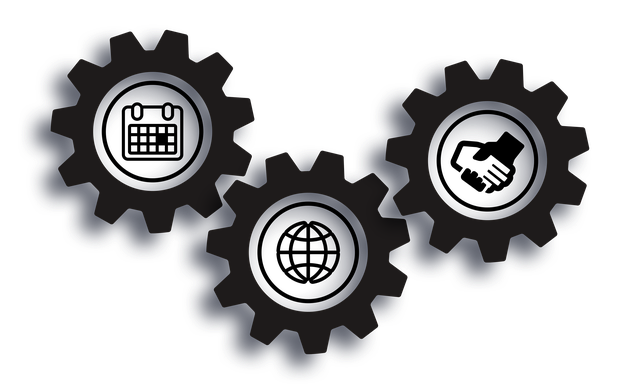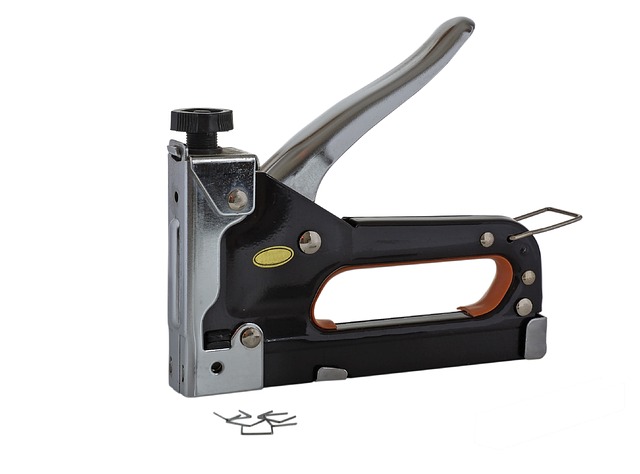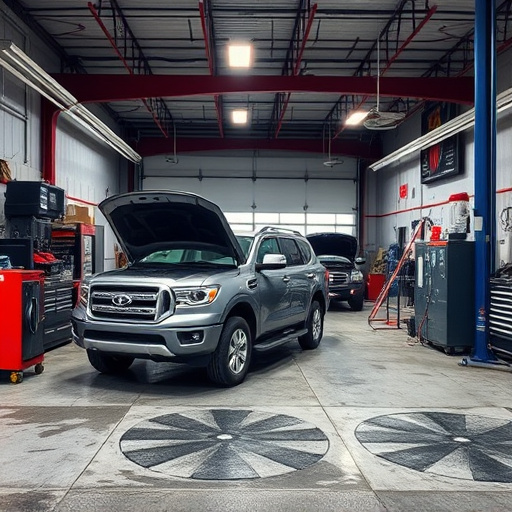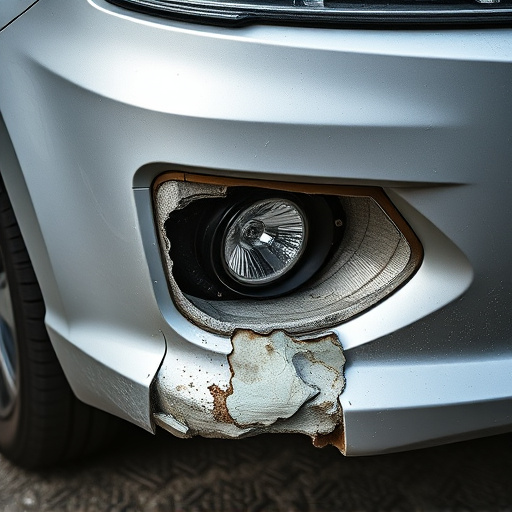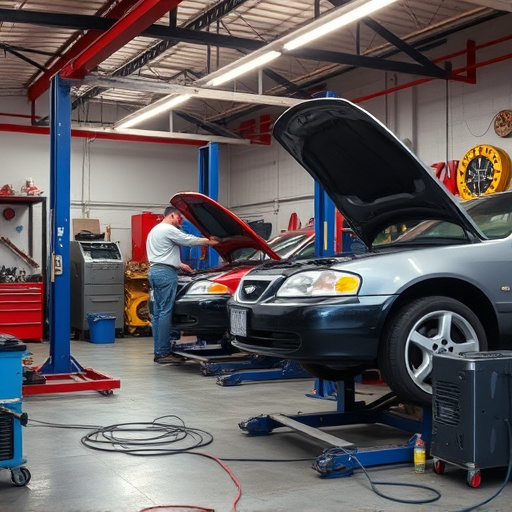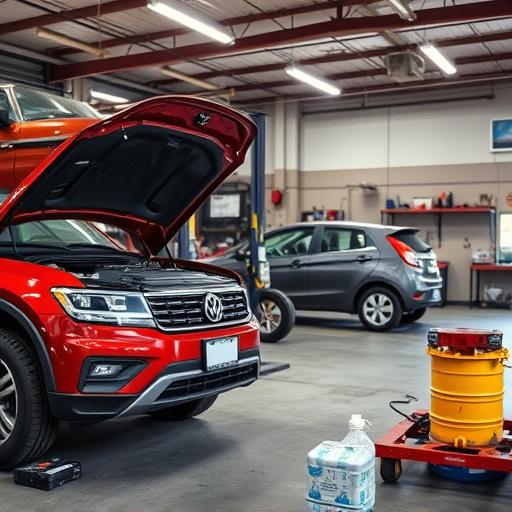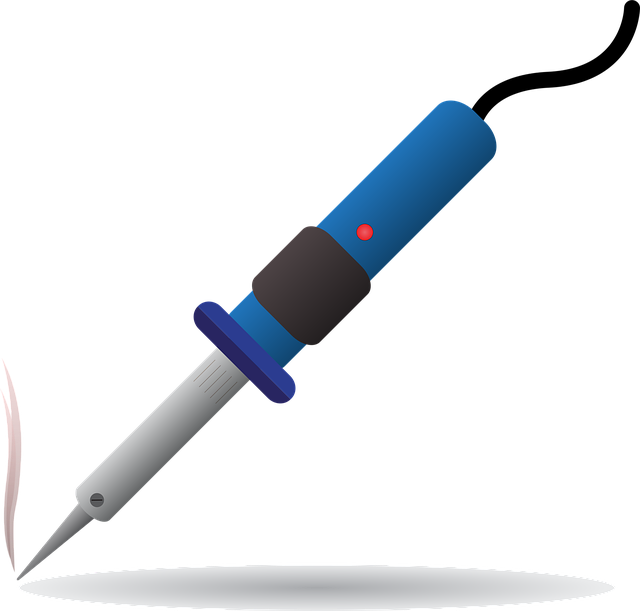Advanced welding equipment represents a strategic investment with significant long-term benefits. Despite high upfront costs, these machines boost productivity and quality in metal fabrication, repair, and customization, leading to reduced operational expenses and increased profits. They enable businesses to cater to specialized sectors, attract customers demanding high-quality work, and stay ahead of industry trends by handling complex projects efficiently.
“In today’s competitive manufacturing landscape, investing in advanced welding equipment can be a game-changer. This article delves into the delicate balance between the upfront costs of cutting-edge welding technology and the long-term value it brings to your business. We explore strategies to justify these investments, highlighting increased productivity, reduced waste, and improved product quality. By understanding the benefits, you’ll be equipped to make informed decisions regarding your welding infrastructure.”
- Understanding the Upfront Costs of Advanced Welding Equipment
- Long-Term Benefits and Increased Value for Your Business
- Strategies to Justify Investments in Cutting-Edge Welding Technology
Understanding the Upfront Costs of Advanced Welding Equipment
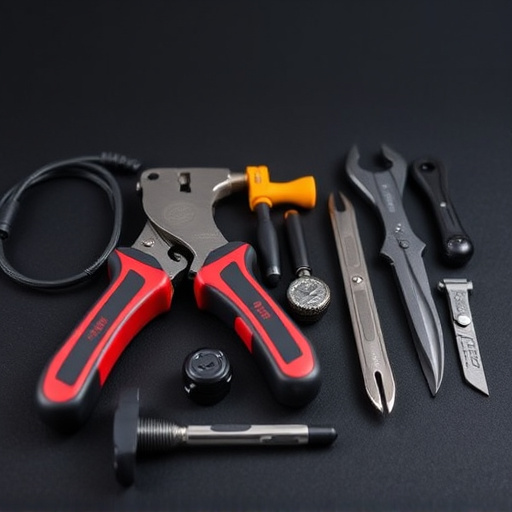
When considering investing in advanced welding equipment, it’s crucial to understand the significant upfront costs involved. This includes the purchase price of state-of-the-art machines, which can range from thousands to tens of thousands of dollars, depending on their capabilities and features. Additionally, there may be installation and setup fees, not to mention potential modifications required to fit the equipment into your existing workspace. These initial expenses can be substantial, but they represent a critical foundation for enhancing productivity and quality in operations like automotive body work or frame straightening.
The advanced welding equipment market offers a variety of options tailored to different applications, from precision spot welding to robust arc welding processes. For businesses engaged in tasks such as fender bender repairs, these machines promise improved efficiency, reduced downtime, and enhanced structural integrity in final products. However, the return on investment (ROI) is not immediately apparent; it’s measured over time through increased output, reduced material waste, and lower labor costs, all contributing to a more competitive edge in the market.
Long-Term Benefits and Increased Value for Your Business
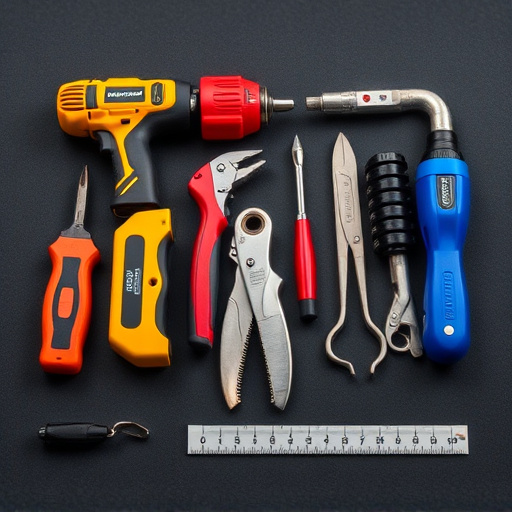
Investing in advanced welding equipment isn’t just a cost centre; it’s an asset that can drive significant long-term benefits for your business. The precision and efficiency these machines bring to tasks like metal fabrication, repair, and customization can drastically reduce production times and improve product quality. This translates into lower operational costs and higher profit margins over time. Moreover, advanced welding equipment opens up new avenues for service offerings. You can cater to specialized sectors such as automotive restoration, providing services like scratch repair, hail damage repair, and vehicle dent repair with unparalleled accuracy and speed.
This increased capability can lead to a competitive edge in the market, drawing in customers who value high-quality, efficient repairs. As your business grows and diversifies thanks to this investment, the value of your equipment only appreciates. It becomes a cornerstone of your operations, ensuring that you stay ahead of trends and demands, and are well-positioned for future growth.
Strategies to Justify Investments in Cutting-Edge Welding Technology
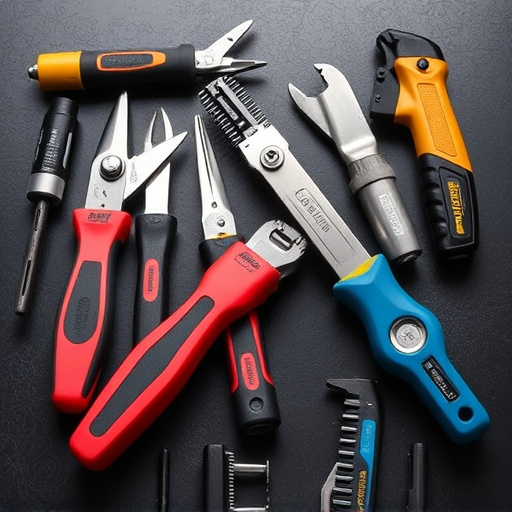
Justifying investments in cutting-edge welding technology requires a strategic approach that goes beyond immediate costs. Businesses should focus on the long-term value and ROI (return on investment) advanced welding equipment brings. One key strategy is to consider the impact on operational efficiency. Modern, sophisticated welding machines often come with automated features that reduce human error, speed up production times, and minimize waste, all of which translate into significant cost savings over time.
Additionally, staying ahead of industry trends is crucial. The demand for specialized welding services in sectors like automotive, aerospace, and construction continues to rise, demanding more sophisticated techniques and materials. Investing in advanced equipment allows businesses to take on these complex projects with greater confidence, expanding their service offerings and attracting a broader customer base, including those seeking high-quality tire services, vehicle body repair, or intricate vehicle dent repair work.
Investing in advanced welding equipment involves a significant upfront cost, but it offers substantial long-term benefits. By enhancing productivity, reducing waste, and improving product quality, these tools can increase your business’s value. Implementing strategies to justify the investment, such as prioritizing training and maintenance, will ensure maximum return on your advanced welding equipment. Remember, staying at the forefront of technology is key to staying competitive in today’s market.


